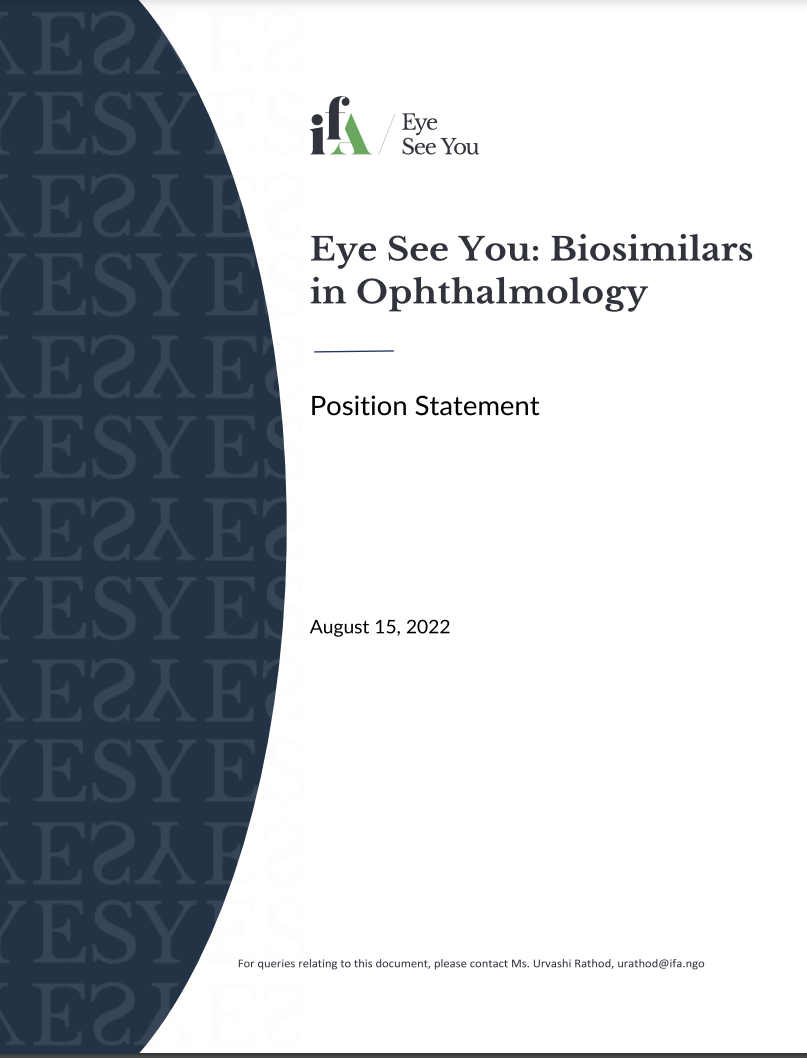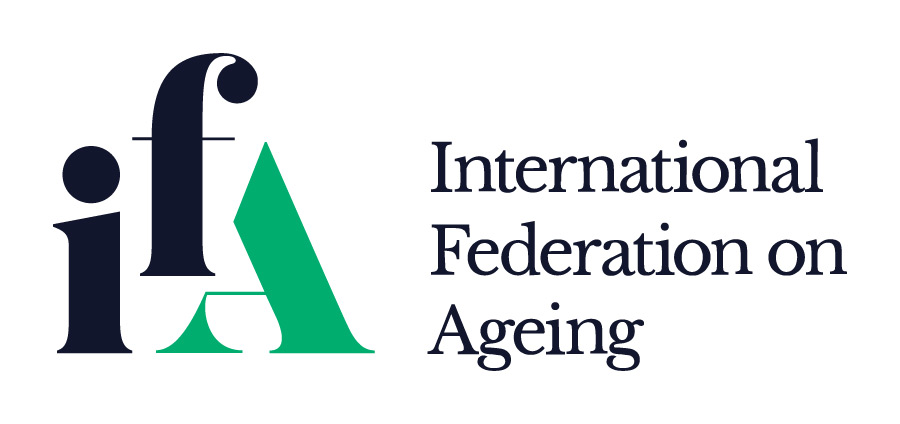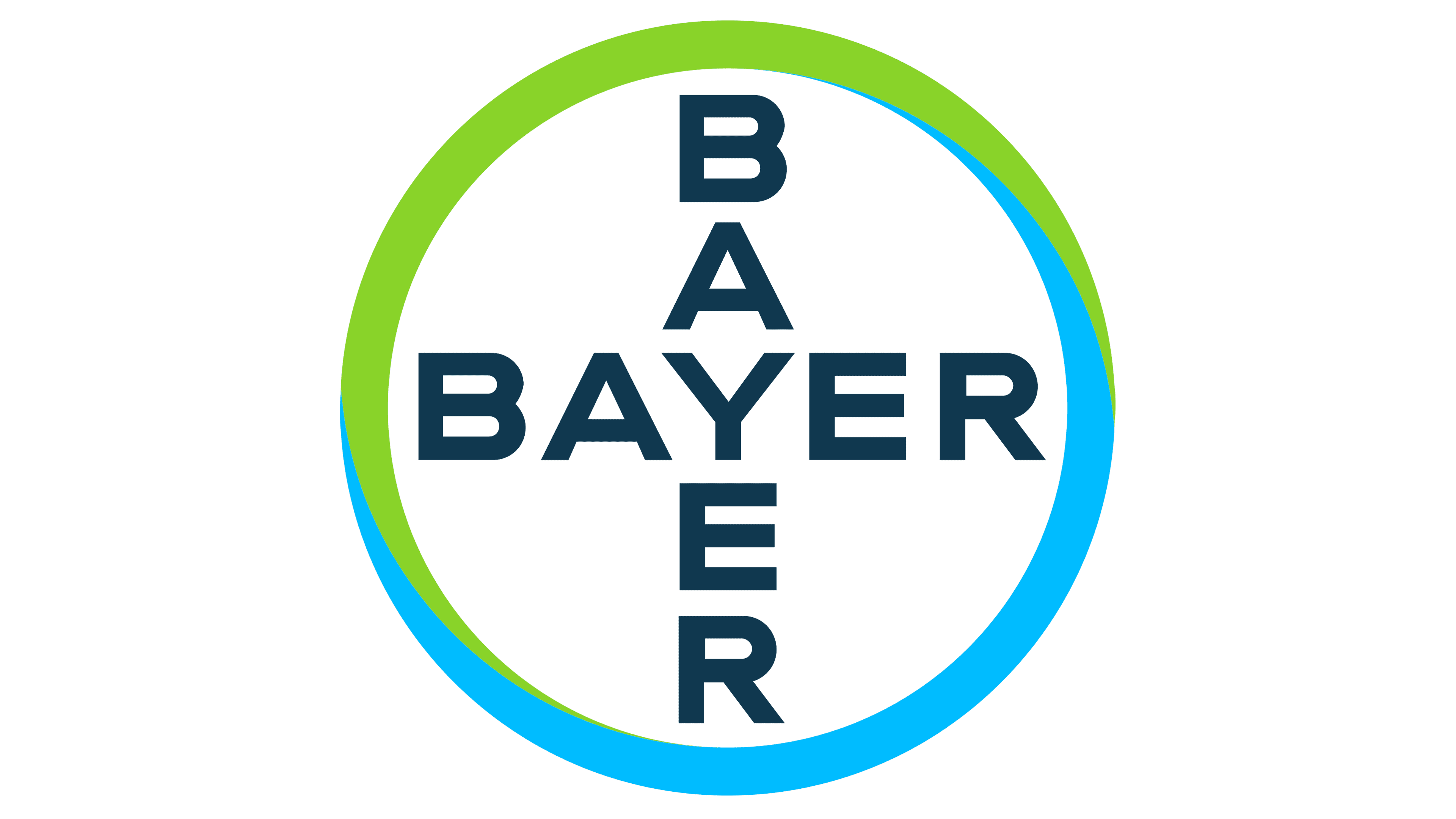Reports
Within an already fiscally constrained health system, there is an urgent need for Canadians at risk of diabetes-related vision complications to be educated and informed of available treatment options for common conditions, such as diabetic retinopathy (DR), diabetic macular edema (DME), cataracts, and glaucoma, all of which can lead to vision impairment or even blindness. There is a need for targeted messages and information for patients and their families concerning the management and access to safe, effective, and appropriate treatment options for their condition as it changes over time. Maintaining and improving the vision of Canadians through appropriate therapeutic interventions is a good return on investment for society across all ages.
The key objective of this study is to improve patient awareness and knowledge of the management and treatments for eye conditions associated with diabetes. The study analyzed patient educational materials related to diabetic eye diseases (DEDs) across six countries (Australia, France, Germany, Spain, Italy, and UK) with the aim of identifying elements of good practices, as well as potential gaps and barriers to successful uptake of the available materials. For each country, various information was obtained, including the key demographics, population living with diabetes, and vision health coverage across national/regional insurance plans. The study also identified the various treatment options for diabetic eye diseases, the availability of patient education materials and information, including the variety of organizations that develop and delivery these resource materials.
To adequately address the multi-layered barriers in access to treatments for retinal diseases, biosimilars in ophthalmology creates an opportunity to expand vision health options for millions worldwide. However, biosimilars in ophthalmology, especially in Canada, is a new and emerging field in the treatment of eye conditions. Therefore, it is critical to build capacity to give voices to global experts, namely clinicians, patients, caregivers, and advocates to help inform the development of ophthalmic biosimilar policies, alongside the urgent creation of evidence-based educational materials, guidelines, and protocols.
There is a need for a defined set of actions to ensure the safe, effective, and appropriate management and treatment for patients with retinal diseases in the context of emerging biosimilar policies:
1. Targeted education campaigns for both patients and providers
2. Ensuring policies are evidence-based, patient-centred, and improve access to treatments
3. Inclusion of end-users in policy discussions.
The critical perspective and guidance of vision health care providers is notably absent in the current discourse. Engagement of ophthalmologists is an important next step towards establishing clinical guidelines around the appropriate use of biosimilars in ophthalmology which may align with the WHO ICOPE and IPEC frameworks.
Opportunities for Action:
1. Older Canadians with vision loss must be empowered to take an active role in managing their health alongside a trusted and supportive vision health team.
2. Across Canada there must be equitable access to the best quality, most appropriate and safe and effective treatments to slow or prevent blinding eye diseases.
3. Biosimilar policies must be responsive to the diverse and evolving needs of individuals across therapeutic areas to optimize health outcomes.
Since biosimilars first entered the Canadian market in 2009, uptake has been slow in comparison to other OECD countries, with only 18 biosimilars approved to date. The Patented Medicine Prices Review Board (PMPRB) forecasts a potential $1.8 billion annual health system savings with the emergence of more biosimilars.
While biosimilars are a relatively recent phenomenon in Canada, international experiences (in Germany, UK, Australia and Japan) provide lessons about biosimilar safety, efficacy, and implementation policies.
Toward enabling informed consultations and decision-making between older Canadians, their caregivers and health care professionals, this report explores the urgent need to build an educational framework.





